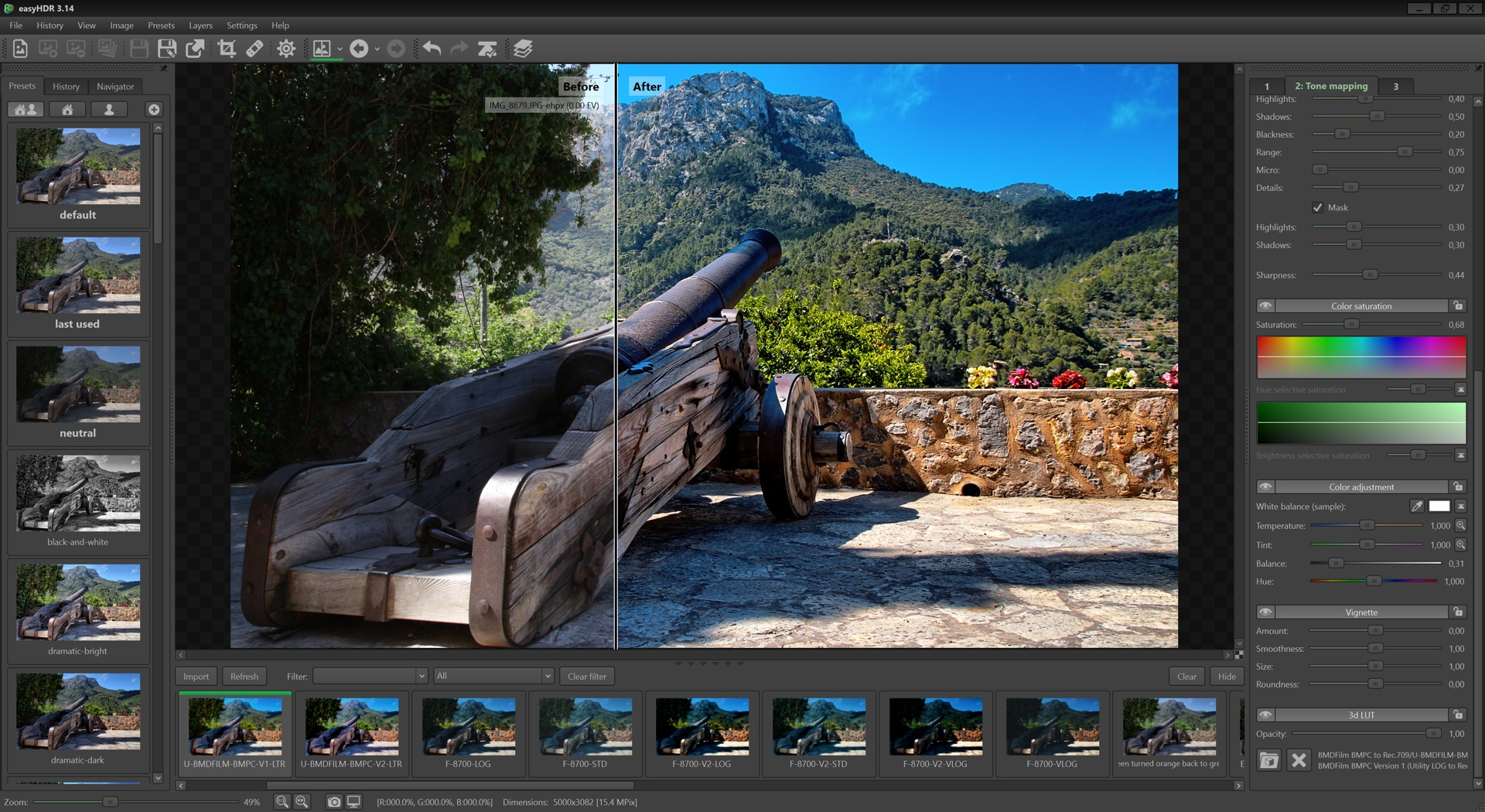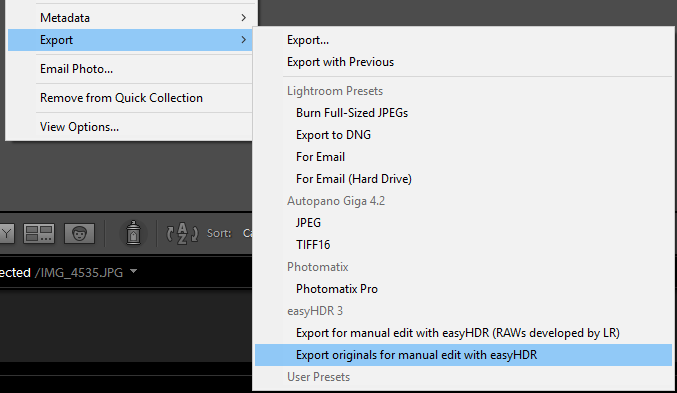
This is usually only necessary when there is a really large difference between the shadows and highlights in a photo and AEB mode cannot capture it all. But manually changing the exposure increases the time between photos, and the longer the time in between photos, the higher the possibility of the camera moving, which can cause distortion in post-production. This allows you to decide how much to change the exposure between photos and gives you the most control over the final outcome. The other option is to take several single-shot photos without moving the camera and manually change the exposure between each one. The only issue with this option is that you cannot change the different exposures that your camera takes in AEB mode, it will automatically choose to take a photo one step above or below the correctly exposed photo.Ģ. These photos will be processed later on to make one HDR, and you can fine-tune each of the photos as you process them. This makes your camera take take 3 or 5 photos in quick succession at varying exposures every time you click the shutter. To do this, change the shooting mode to “AEB,” which stands for Auto-Exposure Bracketing. The next option is to have the camera take several bracketed photos at different exposures and process them into HDR photos later on. But with this mode, you have no control over the processing of the image, you only get one already processed photo to work with, and not all drones have this option.Ģ. Your camera will automatically take bracketed photos and combine them into one HDR photo every time you click the shutter.

This is the simple and easy way to get a quick HDR photo. The first option is to set your shooting mode to HDR. Now we have a couple of options to choose from, depending on how much control you want to have over the final product.ġ.

How do I shoot HDR?įirst thing’s first, always make sure your drone is set to shoot in manual, and it is taking RAW photos. Like this video? Consider subscribing to our YouTube channel for more like it. Check out these examples from a commercial real estate shoot we recently completed in Draper, Utah. One solution for this is taking several photos at different exposures and compositing them together to make one, evenly exposed photo. In certain lighting scenarios, usually during sunrise or sunset or shooting directly into the sun, no matter what your camera settings are, it is impossible to avoid having blown out highlights or completely black shadows.

The dynamic range is the difference between the lightest highlight and the darkest shadow in a photo. Shooting HDR Photos with a Drone & Quickly Editing Images What is HDR? Why would I need to use it?


 0 kommentar(er)
0 kommentar(er)
